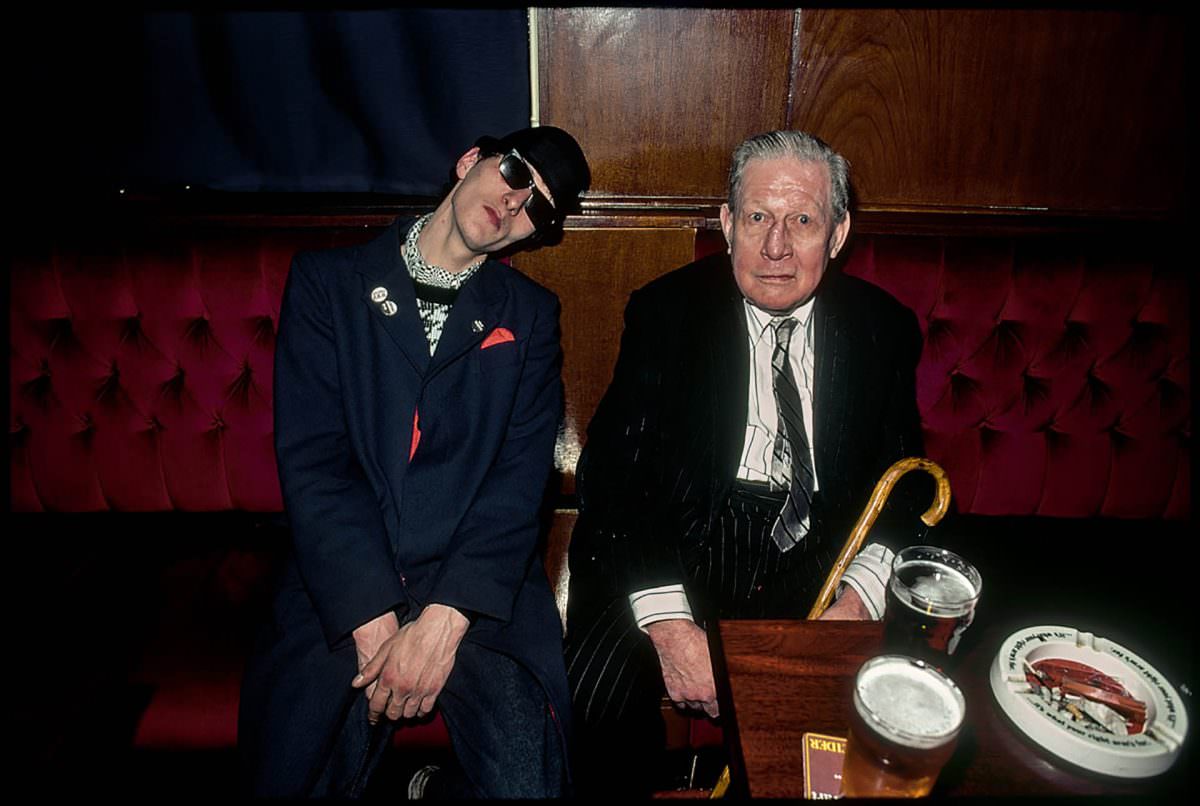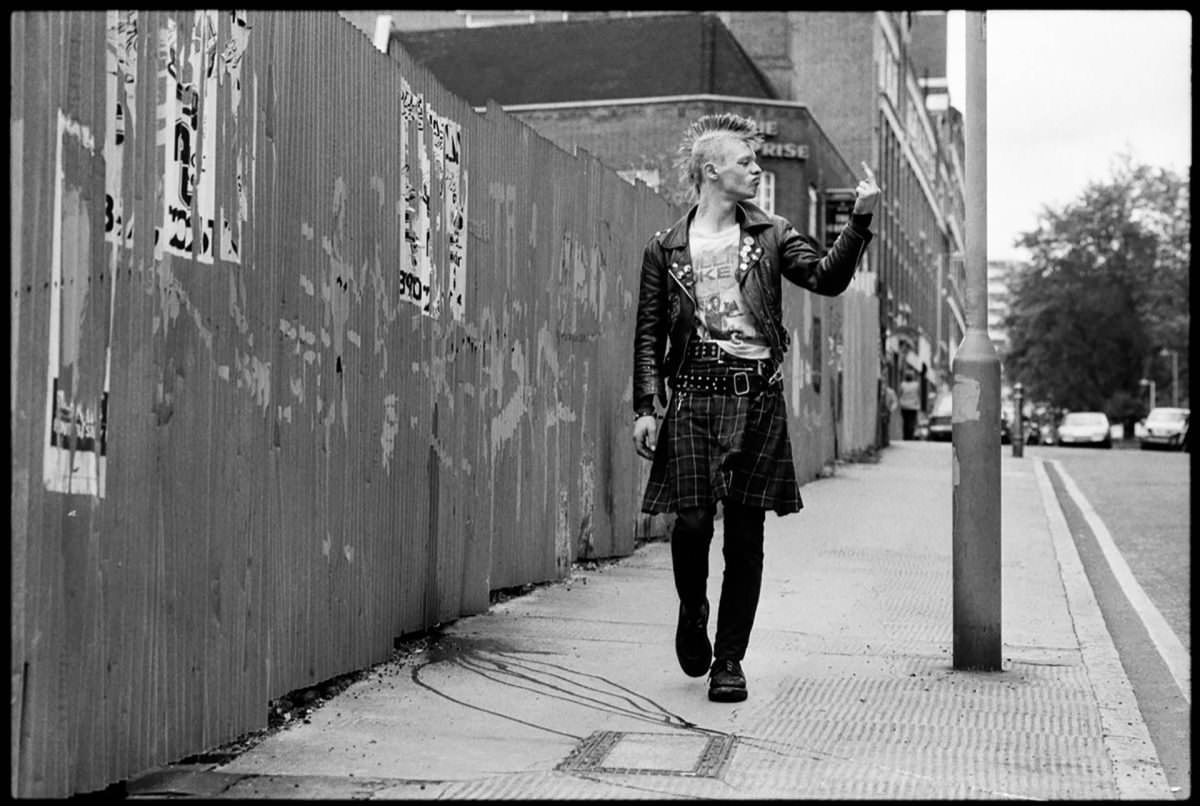Step back in time to the late 1970s and early 80s in London. Margaret Thatcher had just become Prime Minister, and the city was buzzing with a rebellious energy. It was a time of economic hardship and social change, and youth culture was exploding. French photographer Yan Morvan dove headfirst into this scene, capturing the raw essence of London’s youth tribes with his camera.


He focused his lens on four distinct groups: Skinheads, Mods, Punks, and Rude Boys. Each tribe had its own unique style, music, and attitude, reflecting the diverse and vibrant subcultures that thrived in the city.
Skinheads were hard to miss with their shaved heads, Doc Martens boots, and bomber jackets. Their look was tough and working-class, often associated with aggression and sometimes violence. Morvan’s photos captured them hanging out on street corners, in pubs, and at football matches. Their faces show a mix of defiance and boredom, reflecting the frustration and lack of opportunity many young people felt at the time.



But there was more to Skinheads than met the eye. Their culture was rooted in working-class pride and a love for ska and reggae music. Morvan’s photos hinted at this complexity, showing glimpses of camaraderie and shared identity amongst the group.


The Mods were all about style and sophistication. Think tailored suits, parkas, and perfectly styled hair. Scooters were their vehicle of choice, and they zipped through the city streets with an air of coolness. Their faces exuded confidence and a sense of belonging, showcasing a subculture that valued looking sharp and having a good time.


The Mods were heavily influenced by 1960s music and fashion, but they also had their own unique edge. Morvan’s photos showed their attention to detail, from the way they dressed to the way they posed. They were a tribe that cared about appearances and making a statement.
Punks were the rebels of the bunch. Their clothes were ripped and safety-pinned, their hair spiked and colorful, and their attitude was anti-establishment. Morvan’s photos captured the raw energy of punk gigs and protests, where young people expressed their anger and frustration with society. Their faces were full of emotion, a mix of defiance, anger, and a yearning for change.


Rude Boys brought a taste of Jamaican culture to the streets of London. Trilby hats, sharp suits, and a love for ska and reggae music defined their style. Morvan’s photos captured them hanging out on street corners and in clubs, their faces reflecting a sense of coolness and confidence. They embraced Jamaican music and style, creating a unique identity that blended Caribbean influences with British working-class culture.


